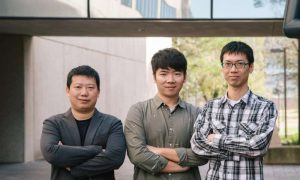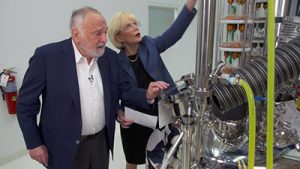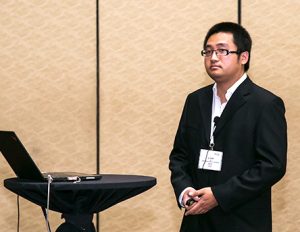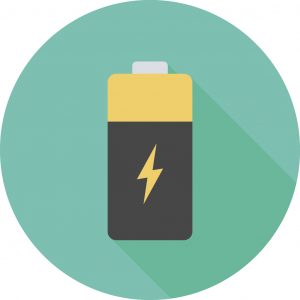Perk up people, this is the Forbes list 30 under 30 in energy edition. According to Forbes, each year their reporters spend months combing through possible contestants. Questionnaires, online digging, contact recommendations, and a panel of expert judges all help sift through to the top remaining candidates.
This year, Forbes focused on the movers and shakers of the battery field. With a worldwide $200 billion a year investment in wind and solar power generation projects, the revolution in renewables, and the transition to low-carbon energy sources is undeniable. And for that reason, we highlight three—just the tip of the iceburg—from the top thirty list.

Meghana Bollimpalli/Credit: Forbes
I don’t know what you were doing when you were 17, but Meghana Bollimpalli, a student at Central High School in Little Rock, Arkansas was inspired by a seminar on energy storage. Bollimpalli began working towards figuring out a way to make supercapacitors from cheaper materials. She discovered a mixture of tea powder, molasses, and tannin, with a pinch of phosphorous and nitrogen, could achieve the same performance as a platinum-based electrode, for just $1 each, taking home the 2018 Intel Foundation Young Scientist award. Not bad for a high school student. (more…)
 When it comes to growing crops, it’s a balancing act. You need just the right amount of sun, water, and soil composition to keep plants happy and blooming.
When it comes to growing crops, it’s a balancing act. You need just the right amount of sun, water, and soil composition to keep plants happy and blooming.









